
This is the eleventh and final module of GuildOne’s Blockchain Digest, a series of brief articles intended to provide a basic understanding of blockchain technologies for non-technical audiences, such as business decision-makers. The previous module offered an overview of authorizations for expenditures (AFEs) and how blockchain can streamline those complex processes. In this module, we’ll discuss how to assess whether blockchain solutions are appropriate for your company.
What Blockchain is not…
There are a number of reasons to adopt blockchain but that doesn’t mean that it is right for every company. Blockchain can be a highly effective solution for certain business problems but it doesn’t solve every one. While the technology is still at its early stages and still has a number of challenges to overcome, Gartner Research predicts that the transformative effects of blockchain will likely be seen in a number of industries in the next five or ten years. So, getting a good understanding of how blockchain could benefit your company (and industry) will help you prepare for the coming change and to reap the benefits.
Is a permissioned blockchain right for my company?
Before jumping into a blockchain solution, it is important to understand the nature of the business problem you are solving and whether or not blockchain’s unique traits are best served to address them. For instance, many people think of blockchain when they are considering securely sharing data across a network. And while blockchain can certainly support this function, it may not be the best or cost effective way to do so. Blockchain should not be looked at as simply a distributed database. In fact, because of the requirements of encrypting each transaction and securing consensus, blockchain is not efficient for simple data storage and management.
Further, not every business problem requires a permissioned blockchain. This series of articles has highlighted a number of complex multiparty transactions in oil and gas—royalties, joint venture payments, authorizations for expenditure—that are very well suited for blockchain. Because of this, it has focused more on permissioned blockchain platforms (specifically Corda) as they have been developed particularly to support financial transactions.
So, how do you know if enterprise blockchain is right for you? The following is a list of some of the conditions that may indicate that it is, each of these will be discussed in the sections that follow:
- Do you conduct data-driven transactions with one or more counterparties?
- Is there potential for dispute and/or distrust between counterparties?
- Do you want to keep your data private?
- Do you want to restrict knowledge of transactions?
- Do you want to remove intermediaries?
- Can the transactions be automated?
- Are the conditions of transactions likely to change over time?
AFEs go through numerous steps on the JV partner side: receipt, consideration, approval, processing of response, authorized signatures and return delivery. Not only is this time- and resource-consuming but there are also many points where the process can go astray. For example, a response can easily get delayed or simply fall between the administrative cracks. As discussed previously, this can result in missed opportunities or penalties. It may also lead to disputes, particularly if one party claims that a response was sent and the other cannot establish receipt of the response.
One of the major complications that AFEs present, particularly for operators, is that they often result in changes in the working interest of each of the JV partners (including the operator). A JV partner’s working interest may vary from one project to another. Tracking the responses of JV partners, calculating their working interest for each project, and then calculating the expenses and revenues for each partner can create an administrative quagmire.
1. Data-driven transactions and actions
We noted earlier in this module that blockchain is not efficient solely for data management. However, it is often appropriate for data-triggered actions and/or transactions. The shared, transparent storage of data on blockchain makes it ideal for addressing a number of crucial issues related to data-driven transactions, such as discrepancies in data, data dispute, administrative burden, long transaction cycles and high transaction costs.
While blockchain is not yet a widely adopted, mainstream technology, one sector in which it is being increasingly deployed is financial services, primarily to support highly secure, confidential transactions with significantly reduced transaction times and costs. R3’s Corda blockchain platform was developed specifically to support fast, secure, highly confidential financial transactions and meets the high regulatory requirements of the global financial services industry. We are now seeing Corda being adopted for a number of commercial use cases (see the following for a list of examples: https://www.corda.net/blog/a-

2. Potential for dispute and/or distrust
Blockchain doesn’t necessarily create trust, but it can remove trust as an issue. Many transactions hinge on data that is held by one party but not others. The other parties may not know the origination of the data and may not trust that it is accurate, valid or reliable. Further, human error could lead to erroneous data being used. Blockchain’s shared, open distributed ledger and consensus mechanisms remove data as a source of distrust because all parties agree that the data is valid prior to a transaction taking place.
In other instances, contractual terms may be interpreted or applied differently by different parties. Blockchain’s smart contracts remove interpretation of contractual terms as a source of dispute because the parties agree to the terms of the transaction in the smart contract. When those terms are met, the smart contract triggers the transaction automatically.

3. Privacy of data
Data involved in commercial transactions often contains intelligence that is sensitive and offers the holder commercial or business advantage. Data held on blockchain’s distributed ledger is encrypted using a very strong 256-bit hash algorithm. If any of the data in the encrypted block is altered, all authorized parties are notified and must agree to those changes. So, not only is the data private, but it is virtually unchangeable without the knowledge and consent of the authorized parties.

4. Confidentiality of transactions
While privacy of transactional data is important, in many cases, businesses will not want a transaction with another business to be known by other parties. This is known as confidentiality. Transactions on public blockchains such as Bitcoin or Ethereum, may be anonymous (that is, the parties’ identities may not be known); however, they are known of by all members on the network. This can be problematic for commercial ventures in which businesses need to know who their counterparties are.
Hyperledger Fabric, on the other hand, is a private blockchain, its channel-based architecture provides greater transactional confidentiality than public blockchains. However, Fabric doesn’t provide confidentiality of transactions amongst channel members: each party on a channel may be aware of transactions that take place, so privacy concerns, while limited, are not completely addressed.¹ Transactions on Corda are visible only to authorized parties. So, not only are the details of the transaction private, but so is the existence of the transaction.
[1] https://developer.ibm.com/tutorials/cl-blockchain-private-confidential-transactions-hyperledger-fabric-zero-knowledge-proof/

5. Remove intermediaries
In most commercial transactions, the counterparties have to rely on expensive intermediaries to facilitate, validate and/or audit the transaction and/or to protect their interests and their entitlements. In such cases, smaller parties with fewer resources may be at a significant disadvantage and may struggle to protect their interests. In other cases, going through intermediaries may represent an unnecessary and unproductive expenditure.
Smart contracts provide the ability to trigger transactions without the need for an intermediary, allowing parties to transact directly with one another. In fact, this is one of the traits that has many people excited about blockchain’s transformative potential. The Corda platform is built on a point-to-point model, which means that all members of the business network are connected and all can transact directly with one another. This reduces transaction times and costs associated with intermediaries.

6. Automate complex transactions or processes
Smart contracts automate actions or transactions on the fulfillment of predetermined conditions. Note that this is not restricted to simply financial transactions but can also refer to actions such as delivery of a notification, submission of environmental reporting, generation of asset-backed tokens and so on. By automating these processes, blockchain can eliminate cumbersome and error-prone paperwork, such as purchase orders, invoices and receipts. This can cut transaction times, reduce transaction costs and free up company resources for more productive purposes. It should be noted that this is a function of smart contracts and so is not restricted to permissioned blockchain networks.

7. Changing contractual terms
It is not uncommon for contractual terms—the price of a commodity, the percentage charged as a royalty, the percentage working interest in a project and so on—to change through the course of a contract. In conventional business processes, these changes would require significant recalculation of transactional obligations (payments, etc) and onerous paperwork, both of which increase costs and the chance of error and dispute. Smart contracts allow commercial counterparties to quickly and easily update the terms of the contract, which then automates the updating of downstream processes, such as distribution of payments, expense recovery and so on.

If you’d like to learn more…
This is the final module of GuildOne’s Blockchain Digest. We hope that this series has given you a good understanding of what blockchain is, how it works, the different blockchain platforms and some oil and gas use cases for blockchain. We also hope that this module has given you a good understanding of whether blockchain—specifically permissioned blockchain—is appropriate for your organization.
If you have any further questions or concerns, or would like to discuss specific use cases for your organization, please feel free to contact GuildOne at info@guild1.com.
Feedback
Please tell us what you thought about this module and the Blockchain Digest by filling out a short survey here.



















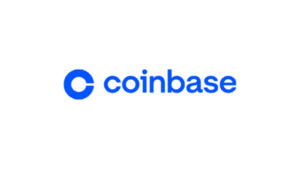



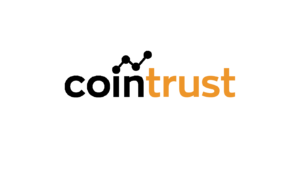
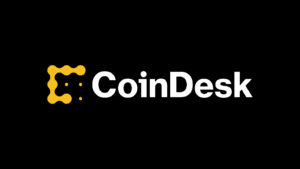
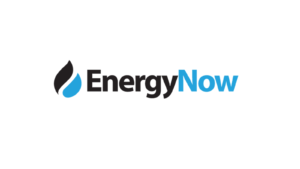


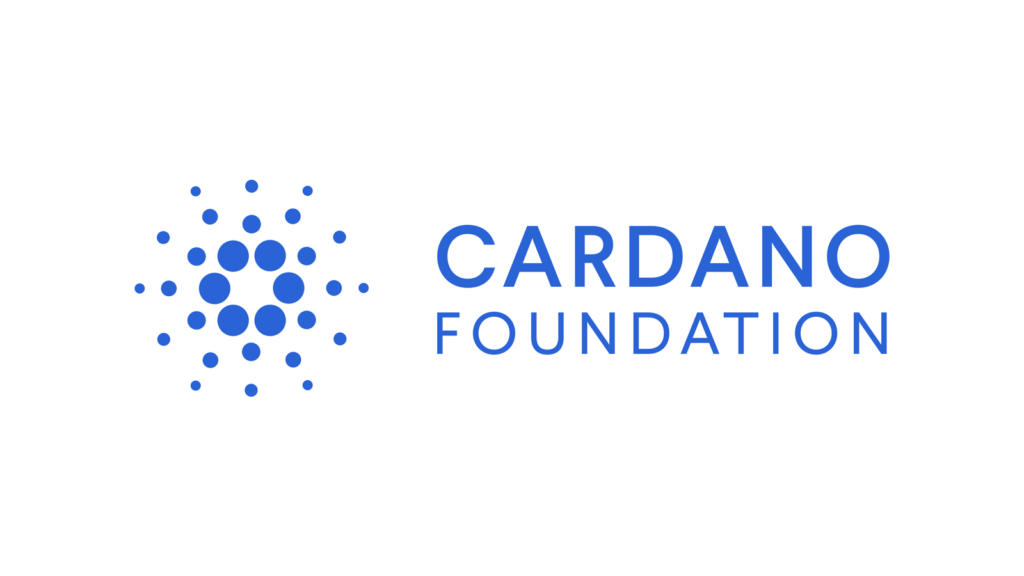
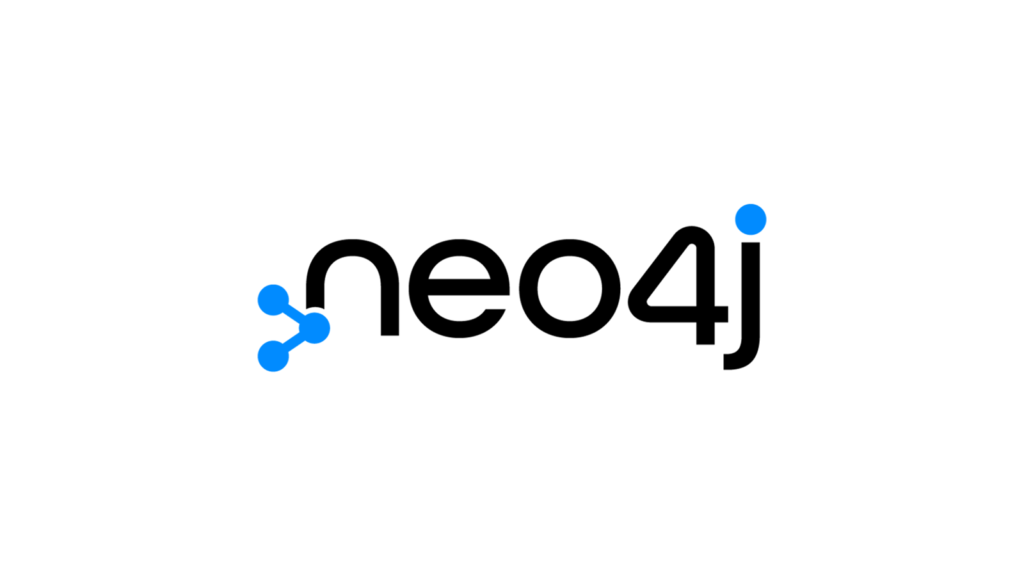
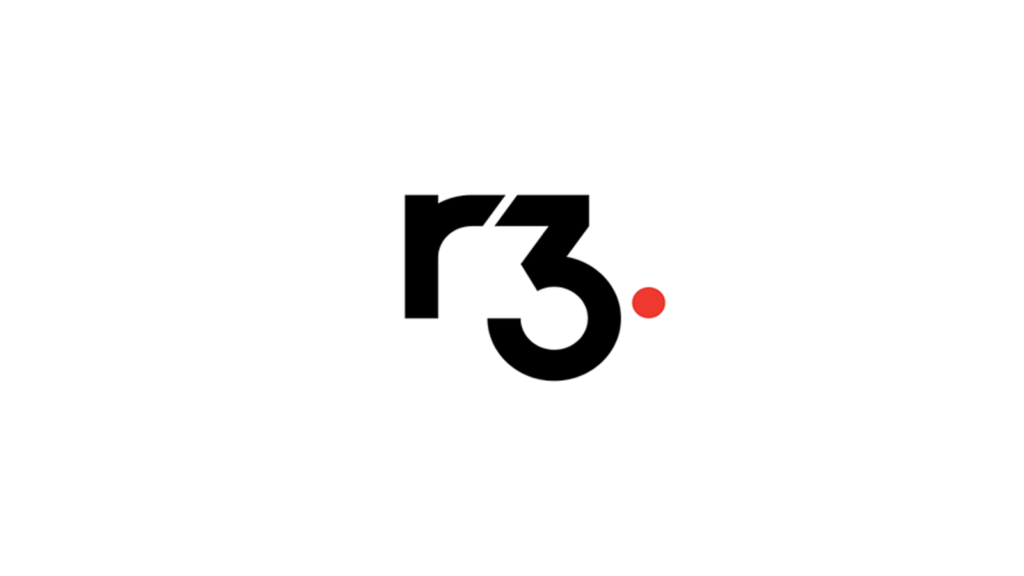
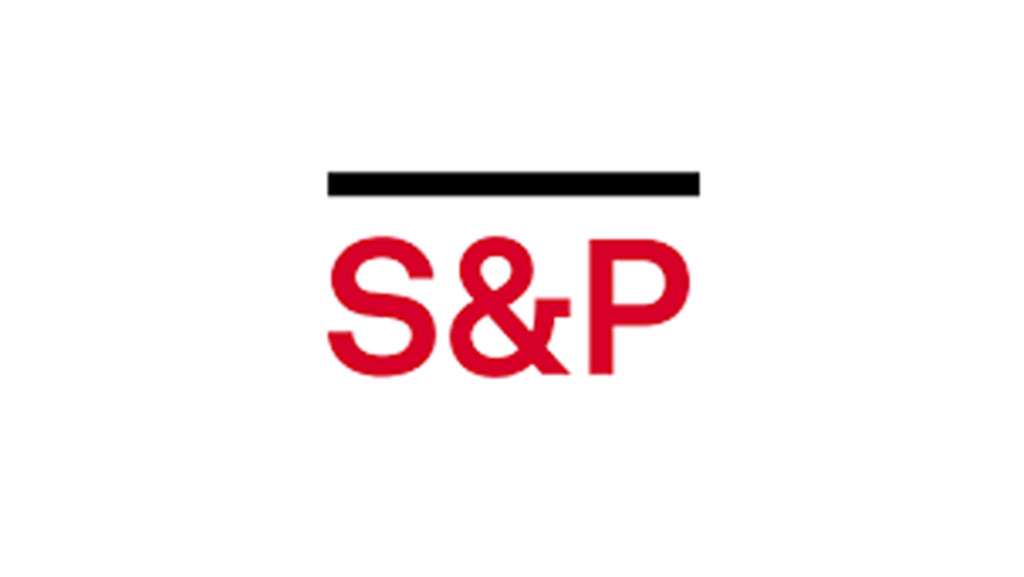
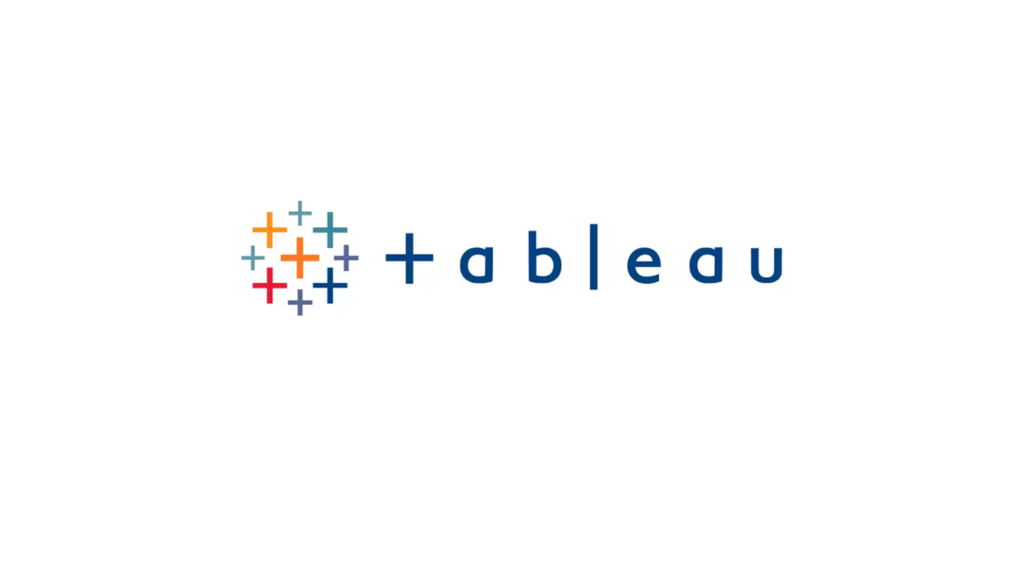
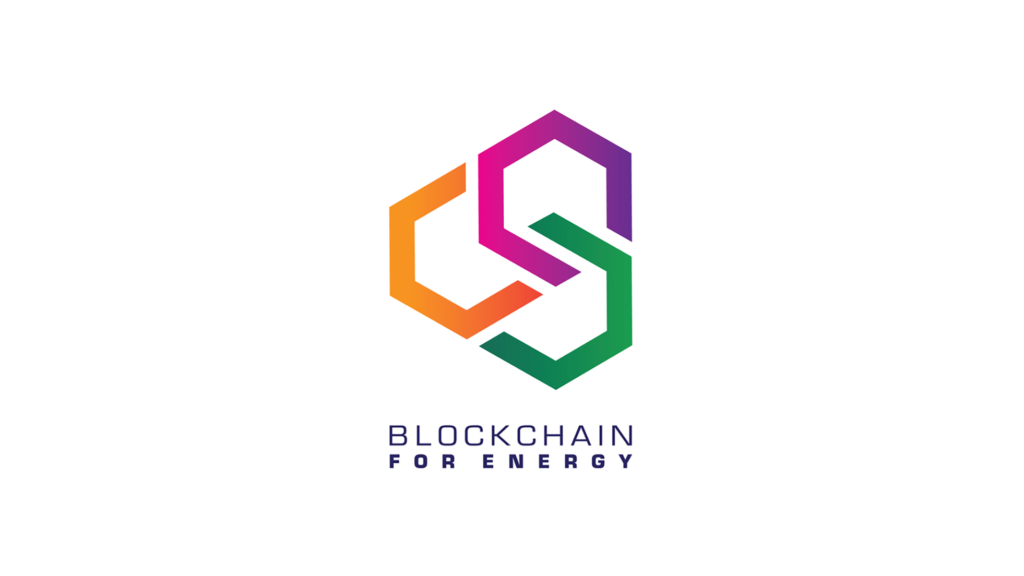
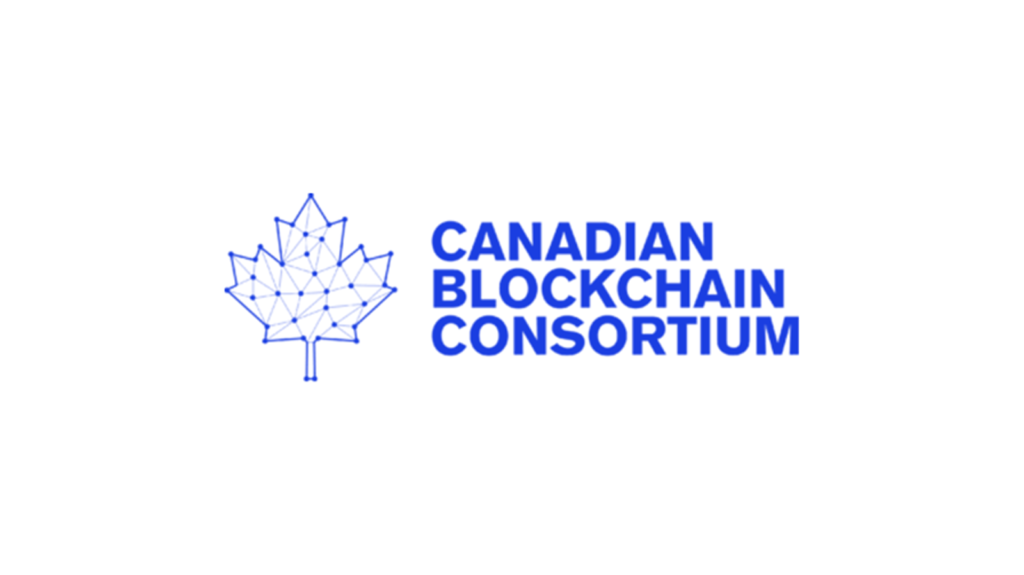
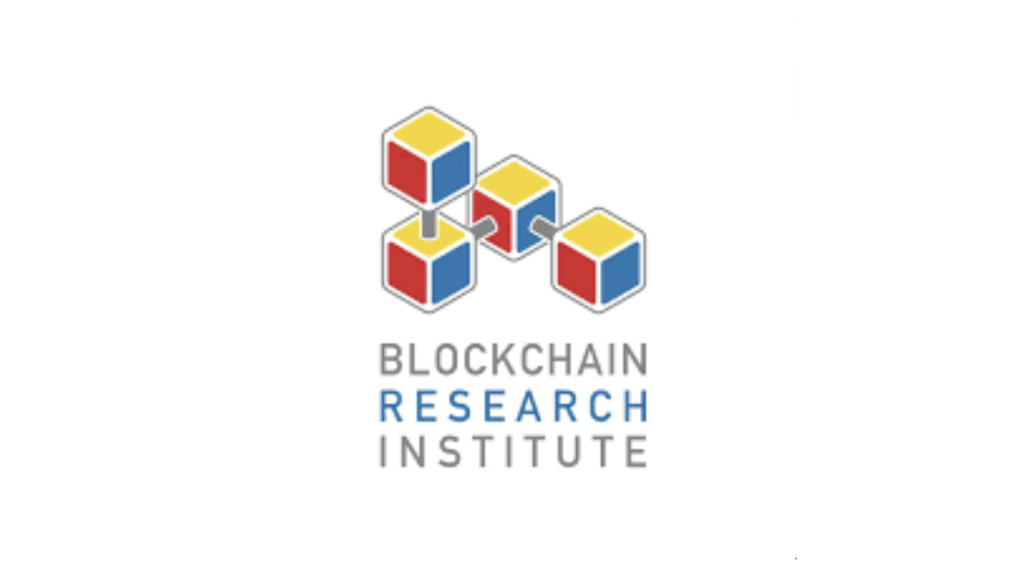
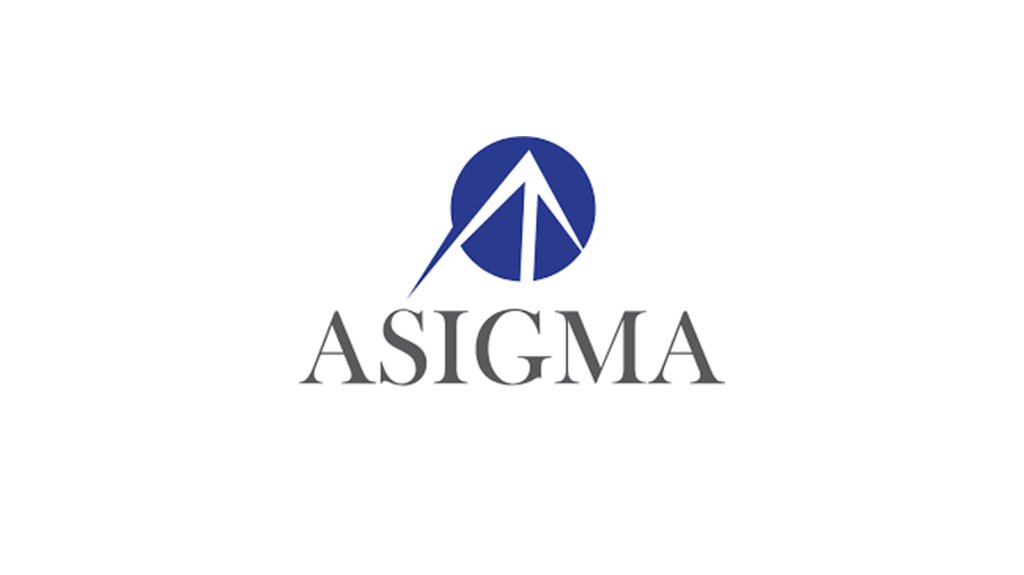

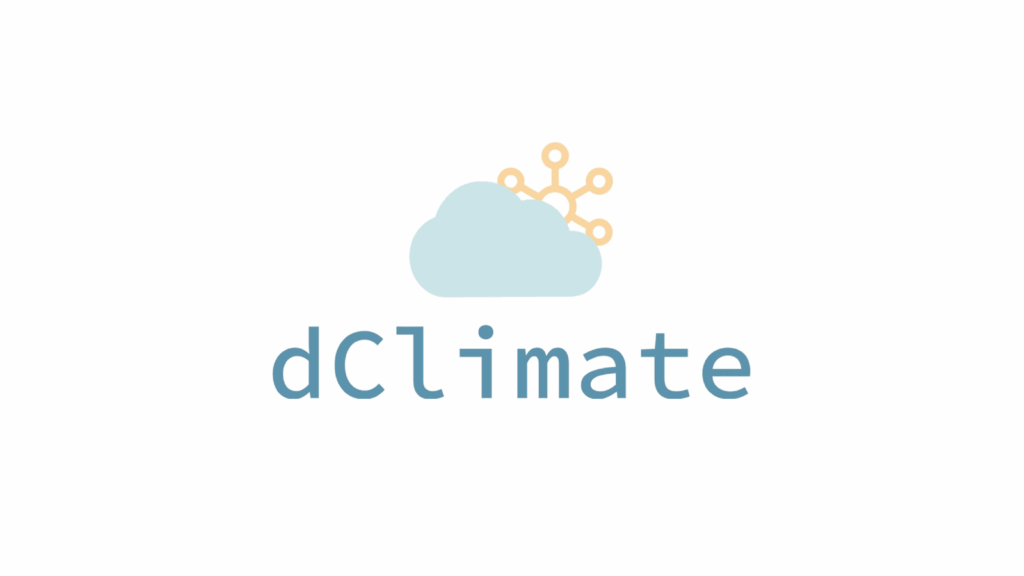
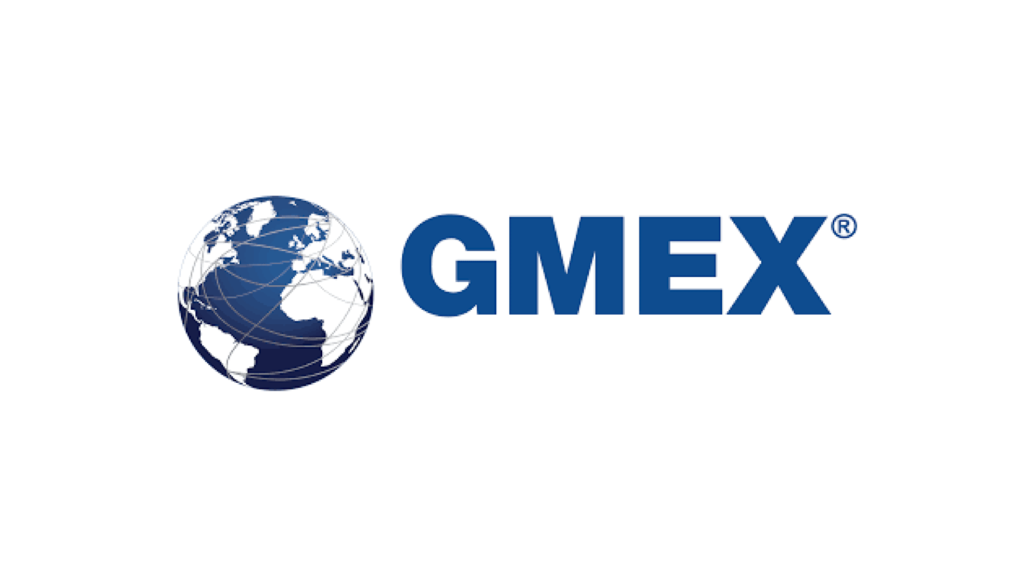
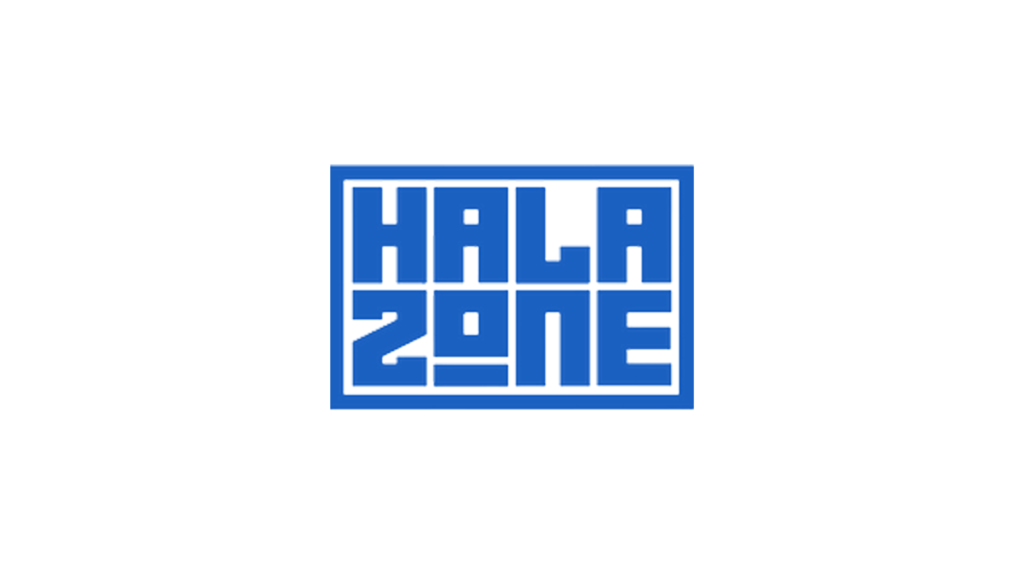
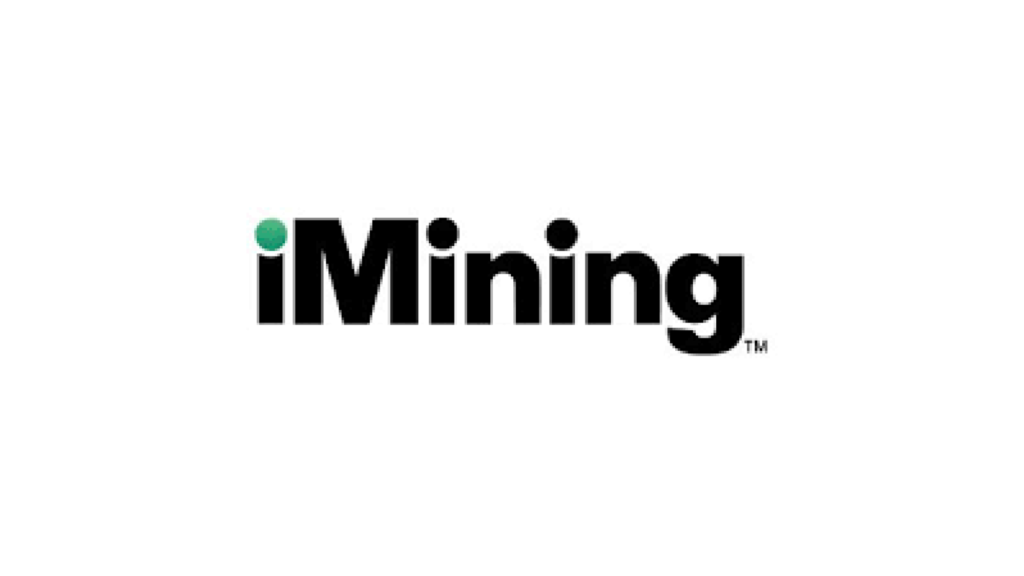


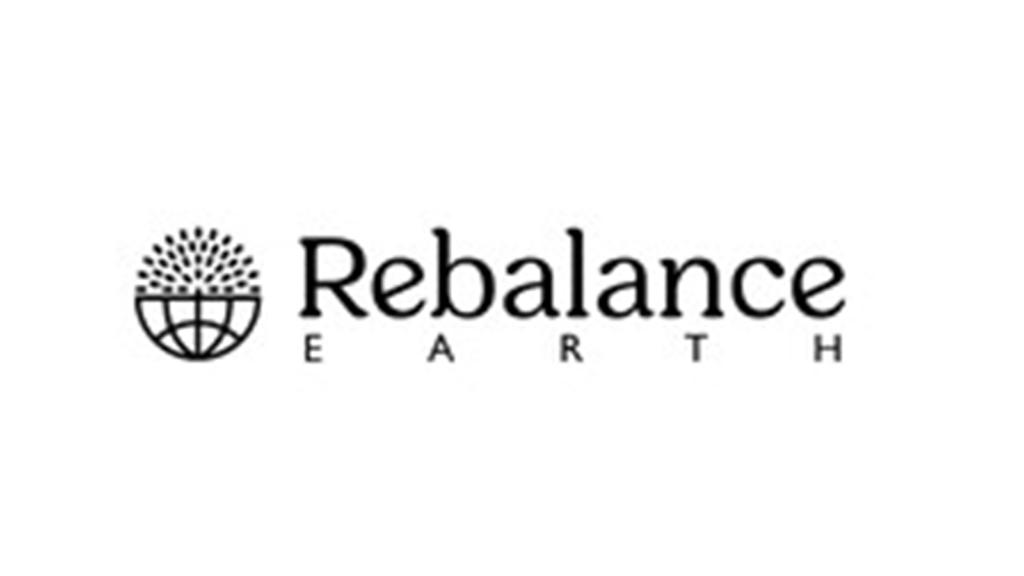


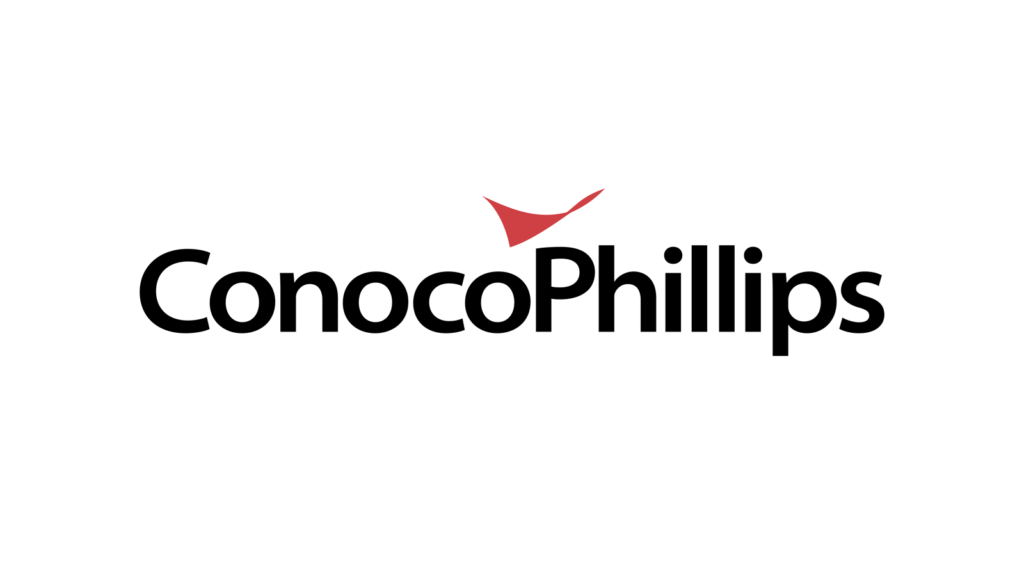
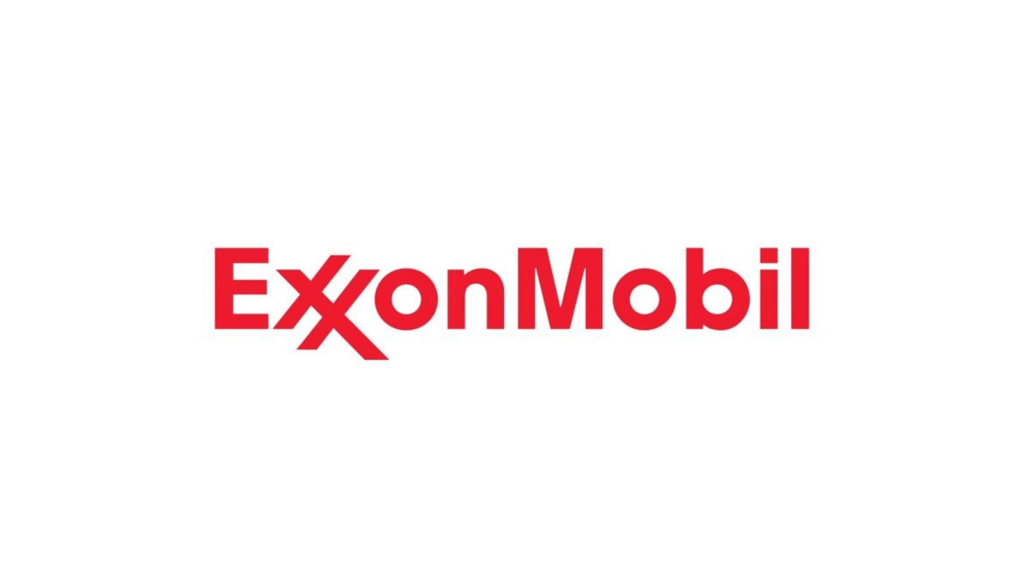
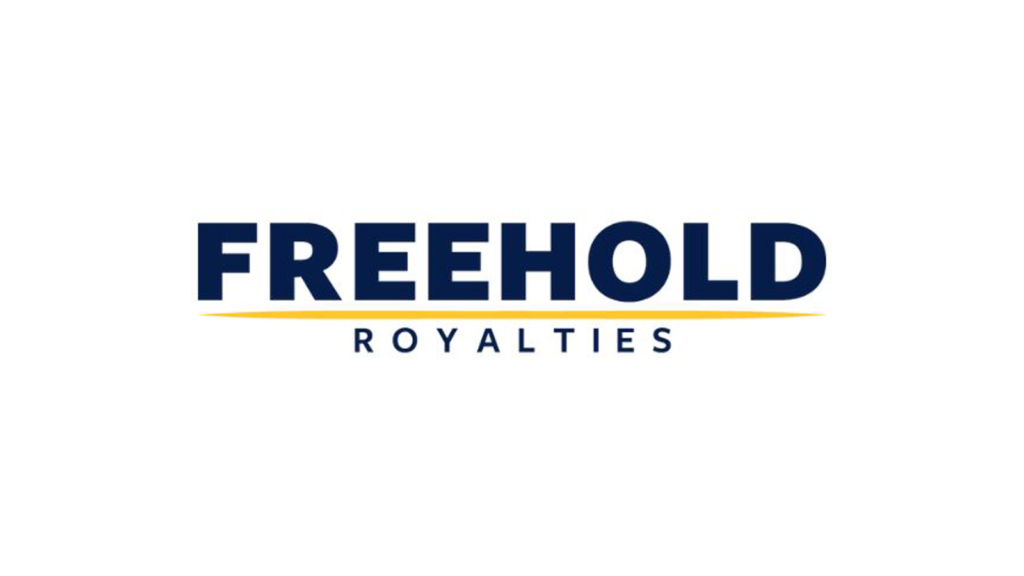

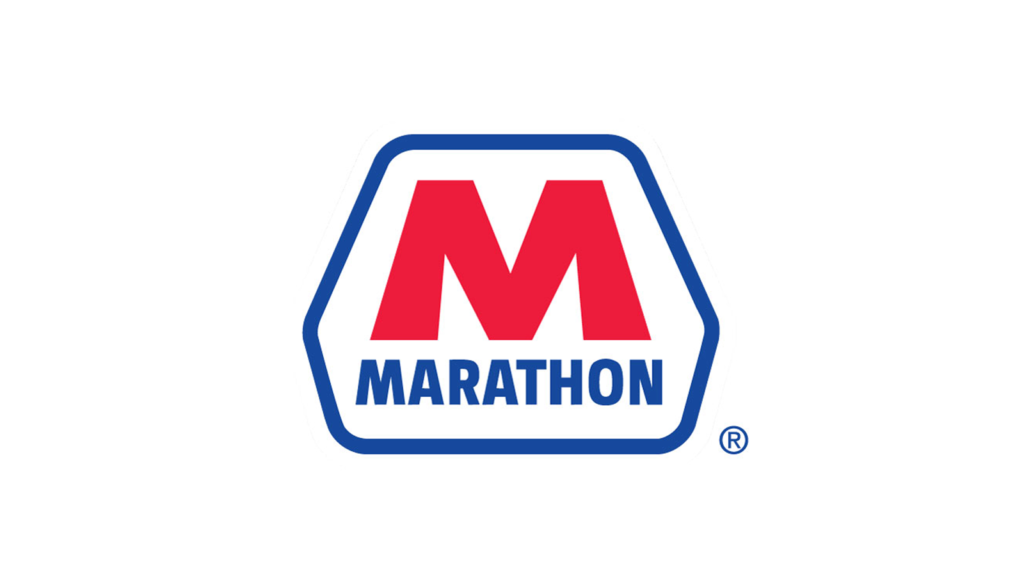
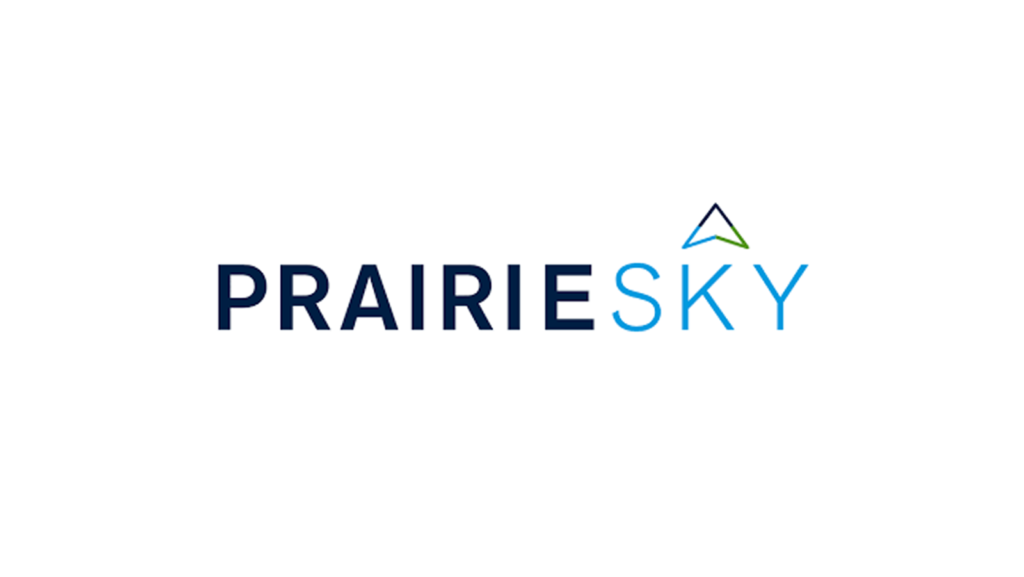
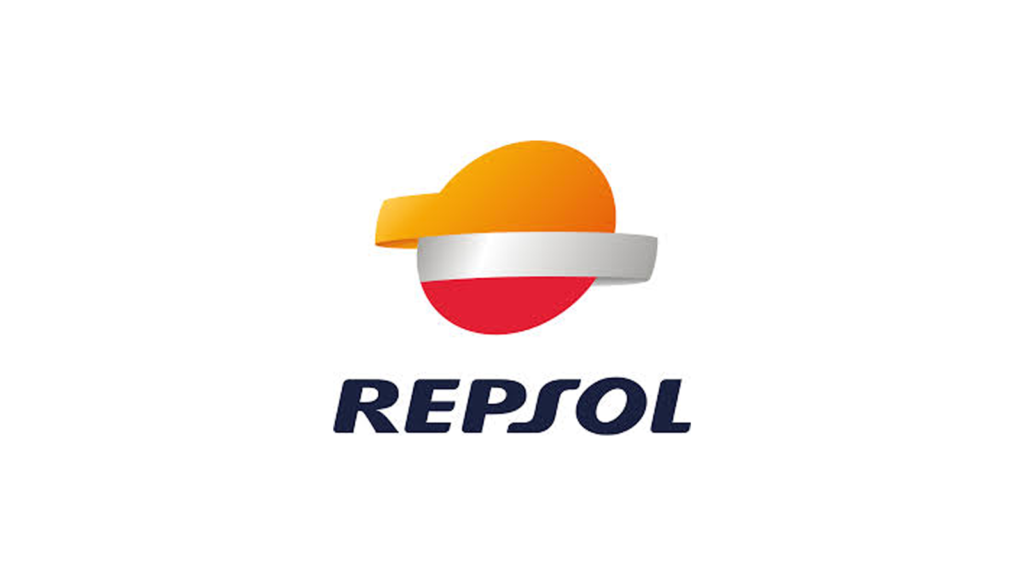
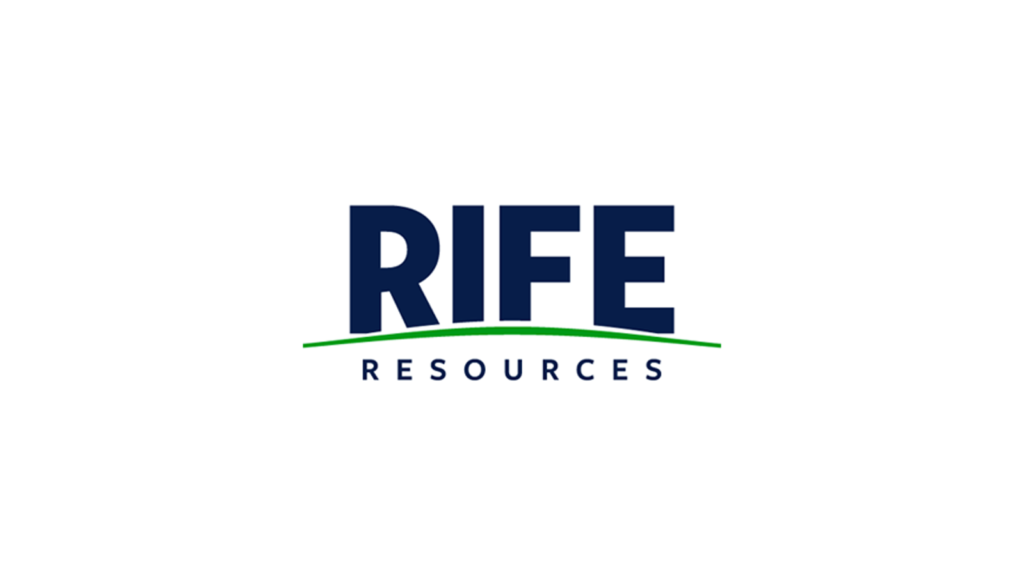

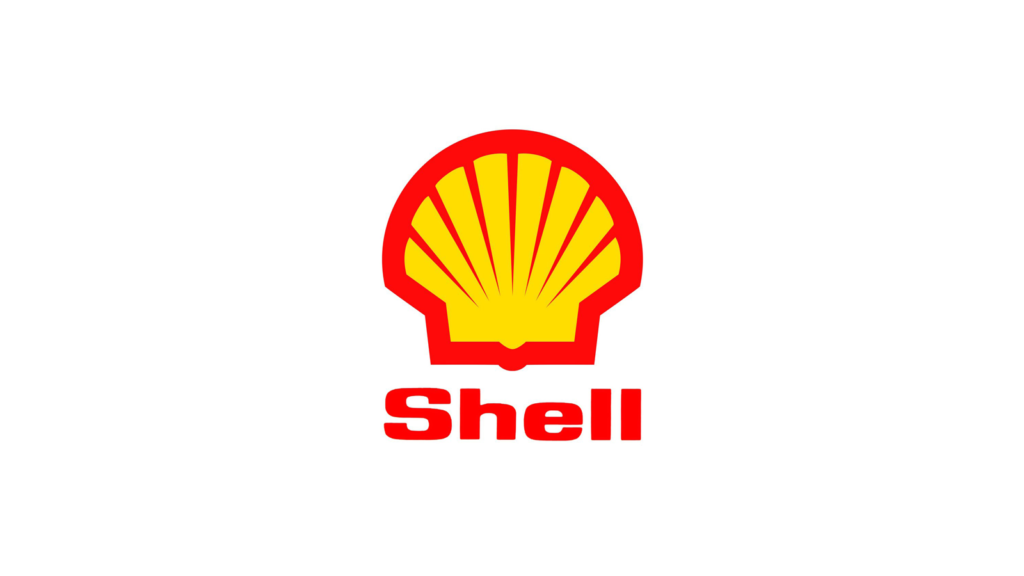
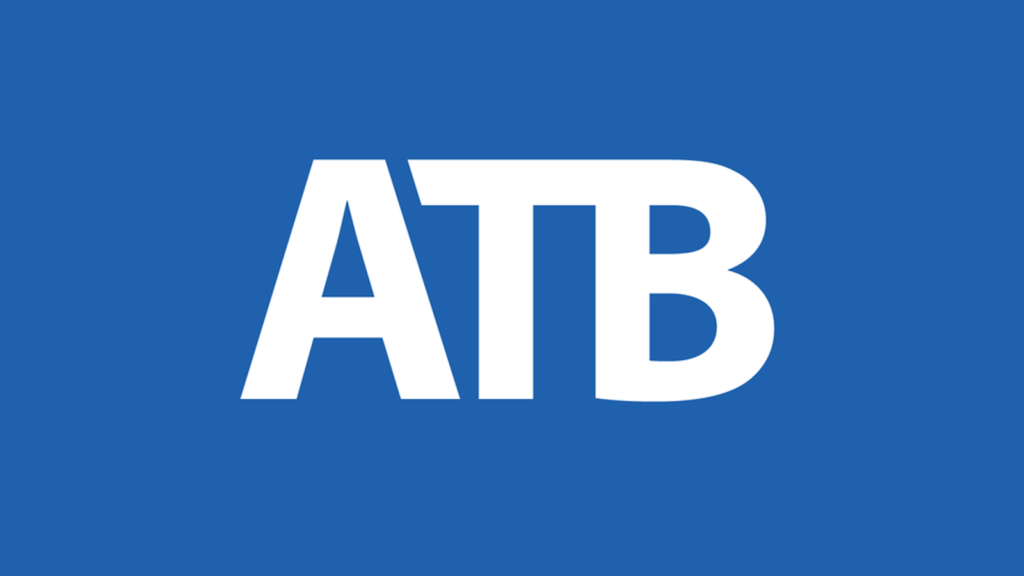






You must be logged in to post a comment.